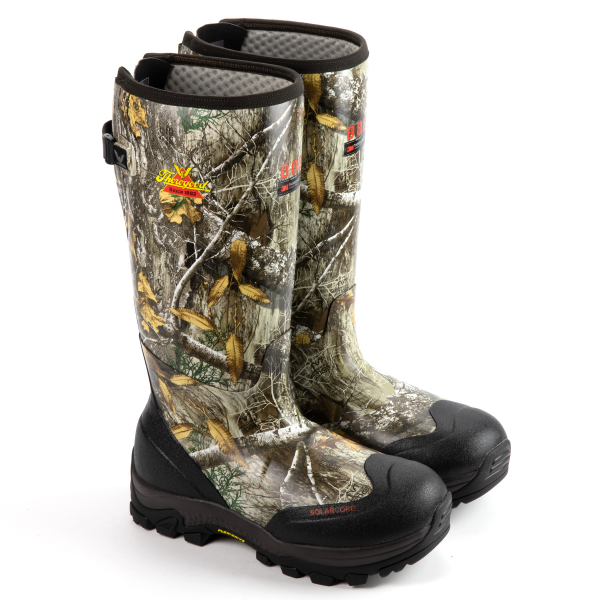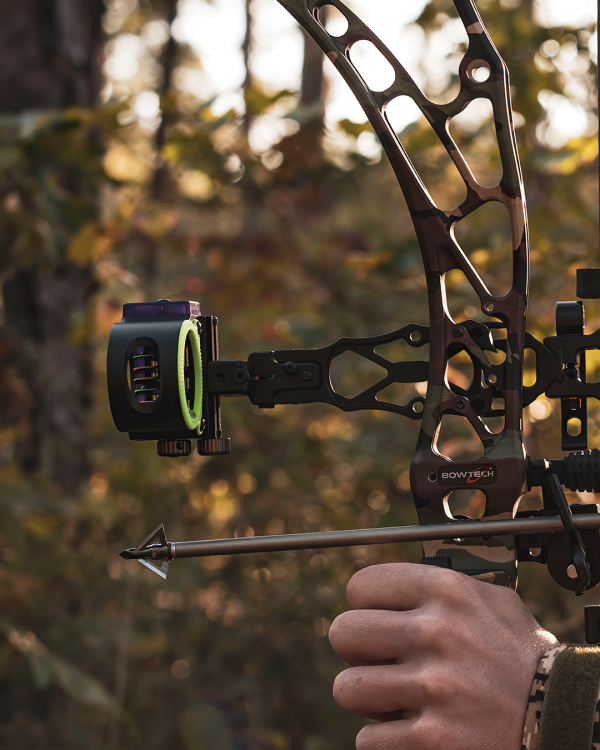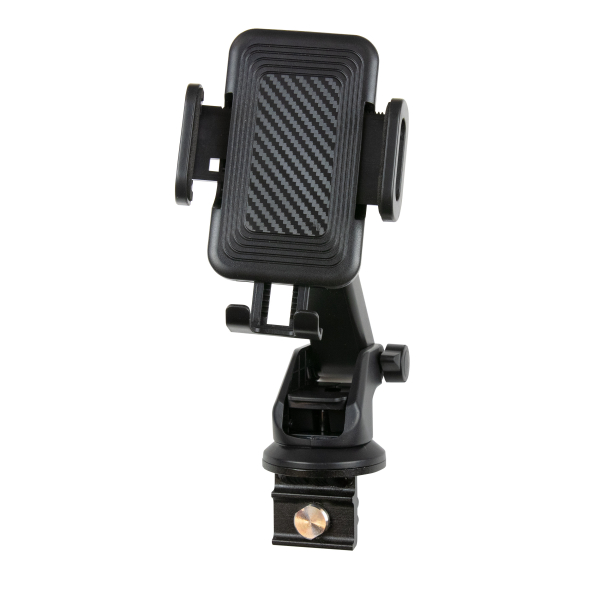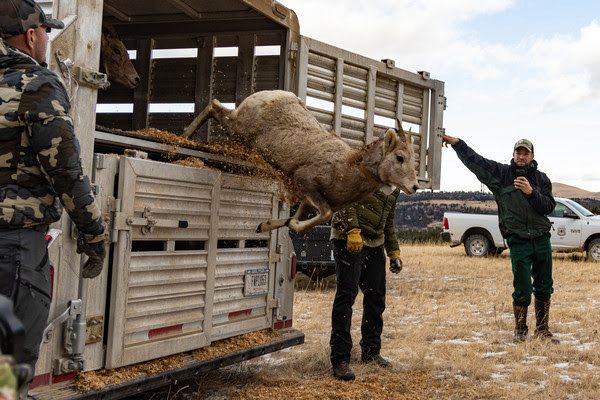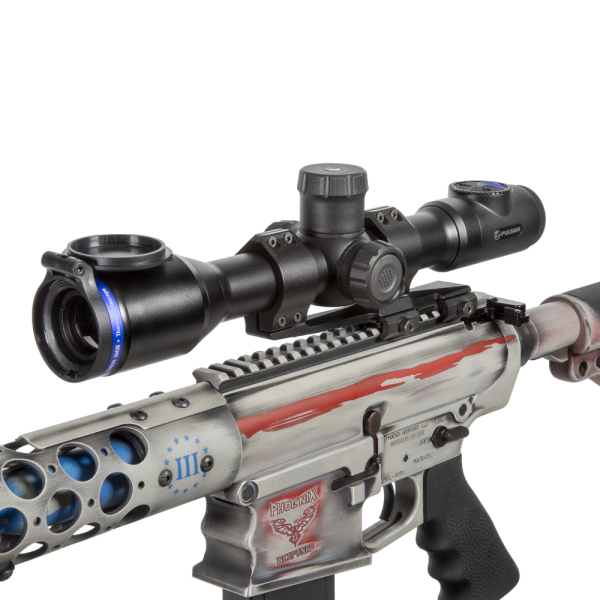How Chickadees Survive Northern Winters
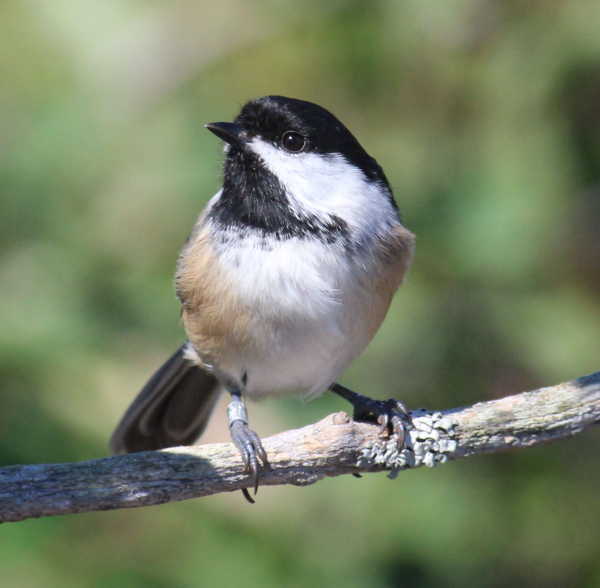
Many birds migrate to warmer locations with more food options, they must endure long, often perilous migrations and increased competition. Some familiar feeder visitors like Black-capped Chickadees remain in northern latitudes year-round. Birds that stay north when the snow flies face 2 daily dilemmas – don’t freeze, and don’t starve. Most birds follow a simple winter survival formula: Maximize the calories of foods eaten while minimizing calories spent finding food, sheltering, and keeping from freezing in cold and even ultra-cold weather.
Small birds maintain an elevated body temperature to stay active – generally about 105°F – compared to birders who live in the north, with our 98.6°F body temperatures. Finding enough food is likewise paramount when most food supplies become greatly reduced during winter weather, just when food is required most to fuel their body and keep it warm.
Cold Feet
Black-capped Chickadees, like most birds that spend the calendar year in northern latitudes, contend with the winter with bare uninsulated legs and feet. Yet their toes remain flexible and functional at all temperatures; whereas our feet, if that small, would freeze into blocks of ice in seconds.
How do they do this? Read more

